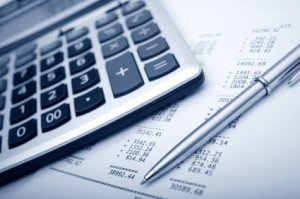The Future Maintainable Earnings (FME) methodology is the most common method of valuing profitable...
Understanding the Capitalisation Factor - Business Valuations
The most common method of valuing small profitable businesses is the Future Maintainable Earnings (FME) method. The formula for calculating the value of a business is:
Future Maintainable Earnings X Capitalisation Factor
=
Value of Business
The capitalization factor is defined as:
“any multiple or divisor used to convert anticipated economic benefits of a single period into value.”
That definition however does not really help anyone in understanding what a capitalisation factor is.
The capitalisation factor represents the discount rate of the expected return from the investment in the business given the risk of that business.
One of the biggest mistakes that people make in business valuations is to confuse the real meaning of the capitalisation factor.
A capitalisation factor of 3 does not mean that you will get your money back in three years. It means that you expect a return of 33% per annum forever.
The future maintainable earnings methodology is a simplification of the discounted cash flow method, but it assumes that growth is equal to nil or at least equal to the inflation rate.
For example:
Using the Future Maintainable Earnings methodology, a business with an expected future return of $100,000 and a capitalisation factor of 3 (reflecting the risk that a return of $100,000 may not be achieved) would be valued at $300,000.
A capitalization factor of 3 equals a capitalization rate of 33.3% (1/3).
Using the discounted cash flow model, the present value of the $100,000 per annum in perpetuity would be:
| Year | 1 | 2 | 3 | 4 | 5 | 6 | 7 | 8 | 9 | 10 | 11 to 50 |
| Income ($'000) | 100 | 100 | 100 | 100 | 100 | 100 | 100 | 100 | 100 | 100 | 100 |
| Discount at 33% | 0.7500 | 0.5625 | 0.42188 | 0.31641 | 0.2373 | 0.17798 | 0.13348 | 0.10011 | 0.07508 | 0.05631 | |
| Present Value | 75 | 56 | 42 | 32 | 24 | 18 | 13 | 10 | 8 | 6 |
16 |
| Total (sum of years 1 to 50) | 300 |
What many people confuse is the factor of three represents three years to get your money back. In a simplistic sense, it does represent three years at a o% return for the money invested. What people miss is that 33% represents a risky investment. You want 33% return because there is a good chance that one, you may not get $100,000 every year and two, there is a possibility that you will lose the initial capital.



